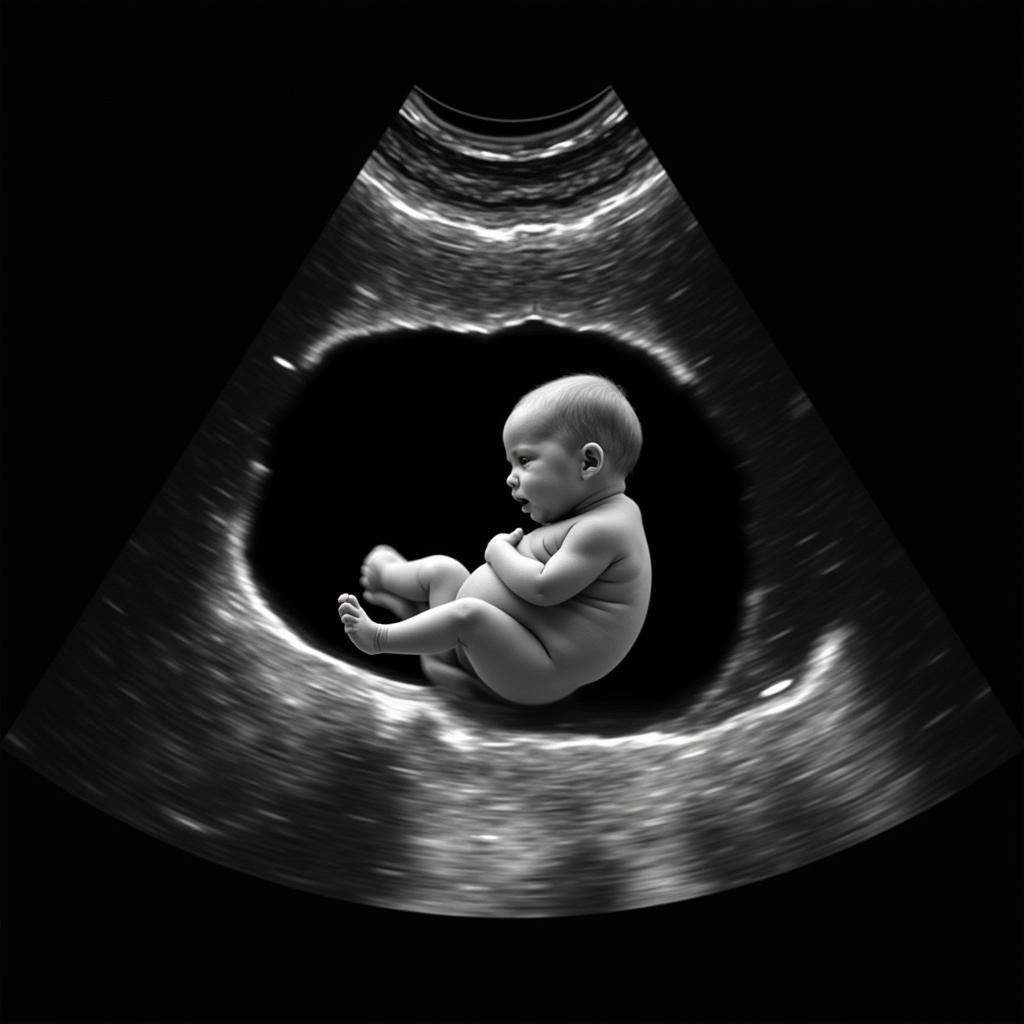Pregnancy ultrasounds are a crucial part of prenatal care, helping expectant mothers monitor their baby’s development and detect potential issues early. But how can you understand your pregnancy ultrasound results? This article will guide you on how to read ultrasound results in a detailed and easy-to-understand way.
Understanding Your Ultrasound Results: It’s Not Rocket Science
Pregnancy ultrasounds use high-frequency sound waves to create images of the fetus in the womb. Ultrasound results provide important information about the baby’s development, including size, shape, position, amniotic fluid levels, and placenta condition. Understanding how to read ultrasound results will help expectant mothers feel more at ease throughout their pregnancy. Watch live English football today
Key Measurements in Your Ultrasound Report
- Gestational Age: Calculated from the first day of your last menstrual period.
- CRL (Crown-Rump Length): Measured from the top of the baby’s head to the bottom of their buttocks, helping to accurately determine gestational age in the first trimester.
- BPD (Biparietal Diameter): The diameter of the baby’s head, measured between the two parietal bones, used to estimate head size and baby’s weight.
- AC (Abdominal Circumference): The circumference of the baby’s abdomen, measured around the belly, used to assess the development of the liver, stomach, and intestines.
- FL (Femur Length): The length of the femur bone (thigh bone), used to estimate leg length and baby’s weight.
- Amniotic Fluid: The amount of amniotic fluid needs to be sufficient to protect the baby from impact and infection.
- Placenta: The location and thickness of the placenta need to be checked to ensure adequate nutrient supply to the baby.
Decoding Medical Terms in Your Ultrasound Report
Many expectant mothers feel confused by the medical jargon in ultrasound reports. Don’t worry, we’ll help you decode some common terms like: GS (Gestational Sac), YS (Yolk Sac), FL (Femur Length), BPD (Biparietal Diameter), and AC (Abdominal Circumference). Yesterday’s Vietnam football results
Expert Advice: “Understanding your ultrasound results is crucial for monitoring your baby’s development. However, avoid self-interpreting results and always consult with your doctor.” – Dr. Nguyen Thi Lan Huong, Obstetrics Specialist.
Frequently Asked Questions About Pregnancy Ultrasounds
Are pregnancy ultrasounds harmful to the baby? Pregnancy ultrasounds use high-frequency sound waves, which are safe for both mother and baby.
When should I have my first pregnancy ultrasound? Typically, expectant mothers should have their first ultrasound around 6-8 weeks of pregnancy. Article about match results
Expert Advice: “Each pregnancy ultrasound is a memorable moment for expectant mothers. Keep these ultrasound images as mementos of your pregnancy journey.” – Dr. Pham Thi Thu Ha, Obstetrics Specialist.
Conclusion
Understanding pregnancy ultrasound results is not as complicated as you might think. We hope this article has provided you with helpful information to better understand your baby’s development in the womb. Which channel to watch U19 Vietnam live football
FAQ:
- Are pregnancy ultrasounds painful?
- How many pregnancy ultrasounds are necessary?
- How much does a pregnancy ultrasound cost?
- Is a 4D ultrasound recommended?
- Can ultrasounds detect all birth defects?
- Are ultrasound results completely accurate?
- What should I do if there’s an issue with my ultrasound results?
You can find more information at Asian Games results updates.
For support, please contact Phone: 0372999996, Email: [email protected] or visit us at: 236 Cau Giay, Hanoi. Our customer support team is available 24/7.

